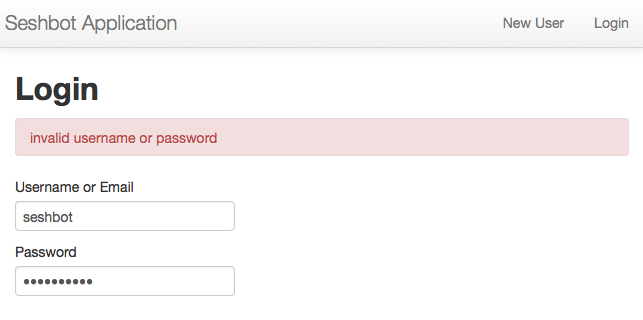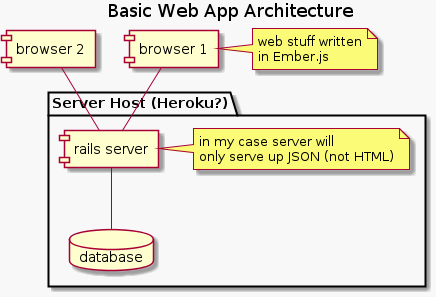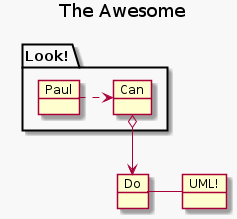The Best Way for Programmers to Interview Programmers
Every programmer should know how to give technical interviews. Although you will rarely be judged on your interviewing abilities, it is definitely in your best interest to help ensure your company is hiring effective programmers. If you manage to surround yourself with great programmers you’ll foster a much better environment in which you can become a great programmer yourself. If you find yourself surrounded by programmers you consider sub-par you’ll end up supporting their crappy software.
I have been interviewing programmers for many years and reckon the best way to find great programmers is by giving them some control over the interview topic, and then going deep into a few questions instead of broad across many topics. This takes a lot of guts however – it requires the interviewer to pay attention, and ideally (though not necessarily) to have a fairly broad knowledge base themselves.
I believe this advice applies to all programmers – of course interviewing is rarely in your job description, but it is definitely in your best interest to make sure interviews get done well at your company. Unfortunately most companies will allow anyone to interview and won’t have a good way to tell that they’re not doing it well, ultimately damaging the work environment.
Read on →

